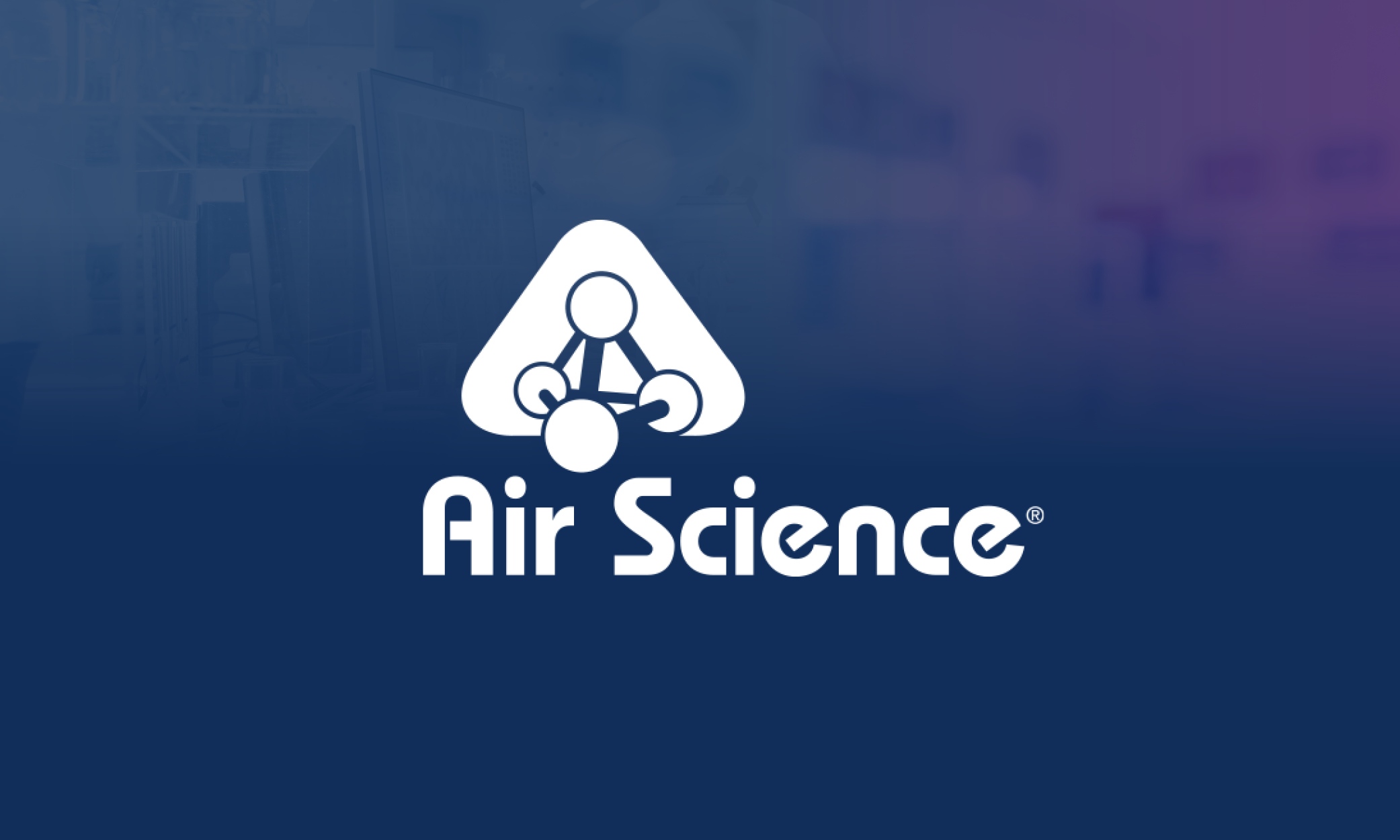
Any workplace has the potential to expose workers to harmful substances; however, there is a significantly greater probability within a laboratory that an individual will be exposed to hazardous materials.
To ensure the protection of all laboratory workers, it is the responsibility of all principal investigators and other laboratory supervisors to provide the most appropriate protective equipment to their employees. This must comply with the Control of Hazardous Substances to Health (COSHH) law.
What exactly is COSHH?
Control of Substances Hazardous to Health (COSHH) is the law which requires United Kingdom employers to be proactive in controlling the use or creation of substances in the workplace which may be hazardous to the health of employees and the wider community.
To help employers to meet their duties under COSHH regulations, the Health and Safety Executive provide “COSHH Essentials”. COSHH essentials offer straightforward advice for employers on what to do to control exposure to hazardous chemicals and substances in the workplace and ensure safer chemical storage.
With this awareness, employers are expected to provide their workers with appropriate protection measures to prevent exposure to these substances. In addition, employers are expected to periodically confirm that their employees are working in the proper conditions and using these products appropriately.
Personal Protective Equipment (PPE) refers to any form of safety equipment which employees may wear while working with hazardous substances. Different PPE will be needed according to the operation or mission.
A chemical fume hood, also called a laboratory fume hood, is one type of engineering control that is used to reduce laboratory workers’ exposure to potential hazards, such as flammable and/or toxic chemical agents. A ducted fume hood or a ductless fume hood are the two main types of fume hoods used in laboratories.
Regardless of the type of chemical fume hood used, the air is pulled out of the room and poured into the cash, which separates the hood’s internal compartment from the outside work area. As air is pulled into the hood, it enters the center and pushes out into the exhaust area any harmful gases, vapors and fumes that may all be released from the chemicals being handled in the hood.
The exhaust area can have multiple slots and baffles depending on the type of chemical fume hood being used. This allows the breathing air to make its way into the associated ductwork or fume hood filters. It will gradually be released into the atmosphere as air leaves the ducted fume hood, while ductless fume hoods will filter the gathered air and then recirculate this back into the room where the hood is housed.
COSHH essentials does not offer advice for all substances. It covers liquid and solid chemicals, mixtures of chemicals, some process dust and fumes (wood and flour dust, foundry, rubber and some soldering fumes). Research more about COSHH essentials.
Want to learn more about our ductless fume cupboards? Visit Air Science UK today.